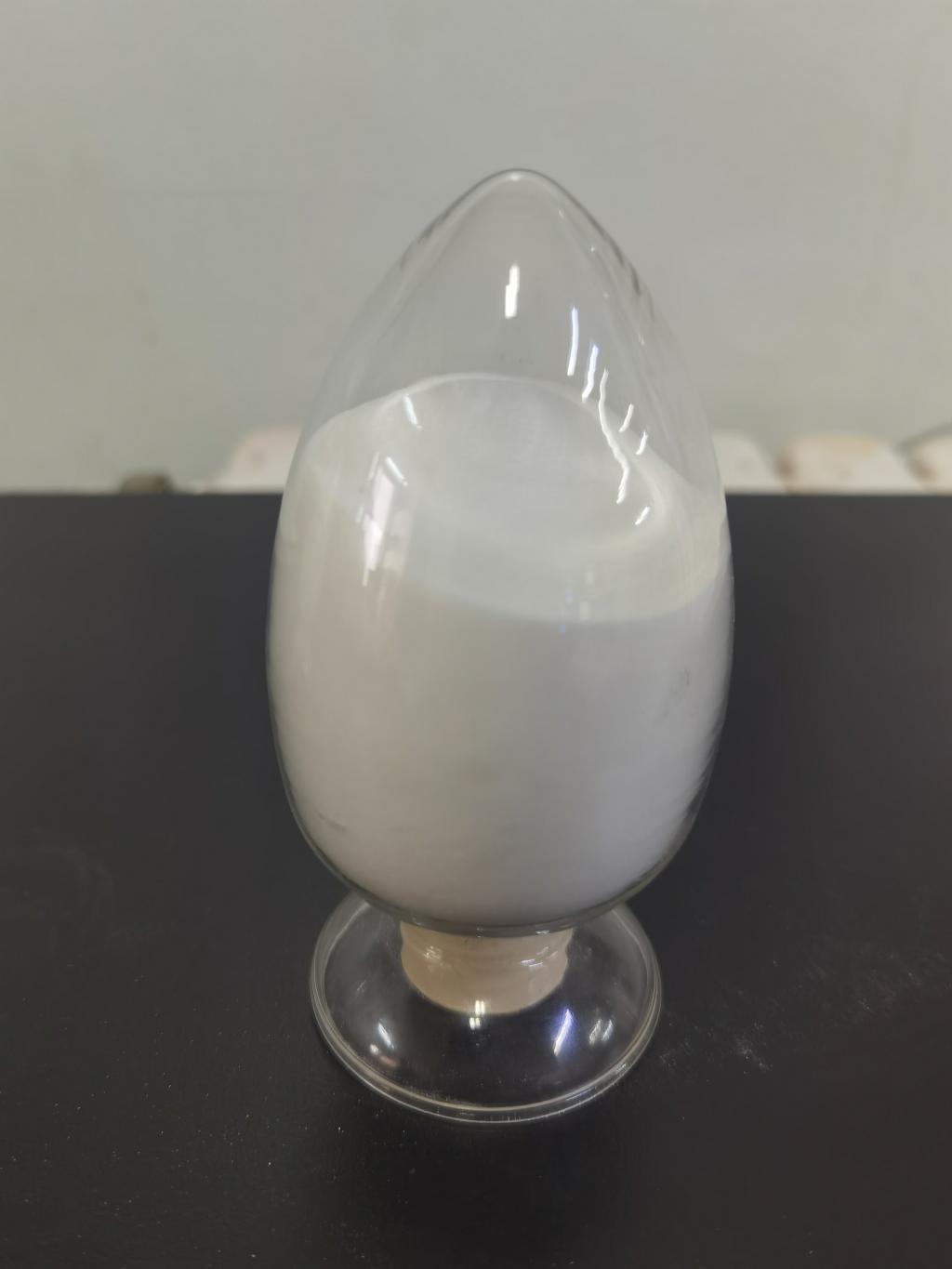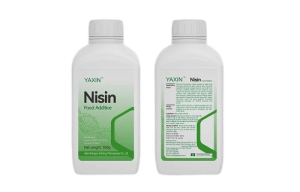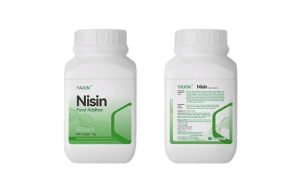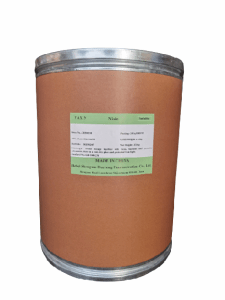Tel:+8618231198596

News
 CONTACT
CONTACT
 CONTACT
CONTACT
- Linkman:Linda Yao
- Tel: +8618231198596
- Email:linda.yao@dcpharma.cn
- Linkman:CHARLES.WANG
- Department:Overseas
- Tel: 0086 0311-85537378 0086 0311-85539701
News
The synergy between ε-Polylysine hydrochloride and essential oils in food preservation
TIME:2024-10-29
Understanding ε-Polylysine Hydrochloride and Essential Oils
ε-Polylysine Hydrochloride
ε-Polylysine is a naturally occurring peptide produced through the fermentation of Streptomyces albulus. It is generally recognized as safe (GRAS) by the U.S. Food and Drug Administration and is known for its strong antimicrobial activity, especially against Gram-positive bacteria. The hydrochloride form of ε-Polylysine improves its solubility, making it easier to apply in food systems. ε-Polylysine acts by binding to microbial cell membranes and disrupting their integrity, leading to cell death.
Essential Oils
Essential oils are aromatic compounds extracted from plants, including herbs and spices like thyme, oregano, clove, cinnamon, and rosemary. These oils contain bioactive compounds—such as thymol, carvacrol, eugenol, and cinnamaldehyde—that possess strong antimicrobial and antioxidant properties. Essential oils primarily work by disrupting microbial cell walls and membranes, leading to leakage of cellular contents and eventual cell death.
Mechanism of Synergy Between ε-Polylysine Hydrochloride and Essential Oils
When used together, ε-Polylysine hydrochloride and essential oils exhibit a synergistic effect that enhances their antimicrobial action beyond what each can achieve individually. The main reasons behind this synergy include:
Increased Membrane Permeability: Both ε-PL and EOs target the microbial cell membrane, but they do so in complementary ways. ε-Polylysine binds electrostatically to the membrane, disrupting its structure, while the hydrophobic components of essential oils penetrate the lipid bilayer. Together, these actions cause more extensive membrane damage, making it harder for microbes to survive.
Broader Spectrum of Activity: While ε-Polylysine is more effective against Gram-positive bacteria, essential oils can target a wider range of microorganisms, including some Gram-negative bacteria. This combination allows for a more comprehensive antimicrobial effect, covering a broad spectrum of foodborne pathogens and spoilage organisms.
Enhanced Efficacy at Lower Concentrations: The synergistic effect means that lower concentrations of each agent are needed to achieve microbial inhibition, reducing the risk of impacting the sensory qualities of the food. Essential oils, in particular, are known for their strong flavors, so using them in smaller amounts with ε-PL preserves the natural taste and aroma of food products.
Applications of ε-Polylysine Hydrochloride and Essential Oils in Food Preservation
The combination of ε-Polylysine hydrochloride and essential oils is highly versatile and can be applied across a range of food products, from fresh produce to meat, dairy, and bakery items.
Dairy Products: Dairy products are particularly susceptible to spoilage due to their high moisture and nutrient content. The combination of ε-PL with essential oils like thyme or oregano helps control the growth of spoilage organisms, including molds and yeasts, extending the shelf life of products like yogurt, cheese, and cream. This combination is especially beneficial in soft cheeses, where spoilage molds are a common issue.
Meat and Poultry: Meat and poultry are prone to bacterial contamination by pathogens such as Listeria monocytogenes and Salmonella. ε-Polylysine hydrochloride, combined with essential oils like rosemary or clove oil, can be used as a surface treatment or incorporated into packaging materials to inhibit microbial growth. This combination not only preserves freshness but also reduces the reliance on traditional synthetic preservatives in processed meats.
Fresh Produce: Fresh fruits and vegetables often carry spoilage organisms on their surfaces. Edible coatings containing ε-PL and essential oils, such as lemon or thyme oil, provide a natural barrier against microbial contamination, prolonging freshness without affecting taste. These coatings are particularly valuable in the preservation of berries, leafy greens, and minimally processed fresh-cut produce.
Bakery and Confectionery: Bakery items like bread and cakes are prone to fungal contamination. Applying ε-Polylysine hydrochloride with essential oils, such as cinnamon or clove oil, helps prevent mold growth and extend shelf life without altering the texture or flavor of the products. This approach is also appealing for maintaining clean labels in baked goods, as it avoids artificial preservatives.
Benefits of Using ε-Polylysine Hydrochloride and Essential Oils Together
Enhanced Shelf Life and Reduced Spoilage: The combination of ε-PL and essential oils effectively controls a wide range of spoilage organisms, thereby extending the shelf life of perishable food products. This is particularly important for minimally processed or natural foods that are more susceptible to microbial contamination.
Natural and Clean-Label Solution: Both ε-Polylysine hydrochloride and essential oils are derived from natural sources, meeting consumer demands for clean-label ingredients. Their use aligns with the growing preference for preservatives that are perceived as safe, natural, and health-promoting.
Minimized Sensory Impact: Using ε-Polylysine hydrochloride in synergy with essential oils allows for effective microbial control at lower concentrations. This minimizes the risk of sensory alterations—such as strong aromas or bitter flavors—that can occur when essential oils are used at higher levels. The combination is particularly useful in applications where the preservation solution must be subtle and non-intrusive.
Reduced Risk of Antimicrobial Resistance: Since ε-PL and essential oils disrupt the cell membrane and structure of microorganisms in different ways, their combined use reduces the likelihood of microbial resistance. This is an important advantage over traditional synthetic preservatives, where resistance is an ongoing concern.
Future Directions and Research in ε-Polylysine and Essential Oil Synergy
As interest grows in natural preservation methods, researchers are focusing on optimizing the use of ε-Polylysine hydrochloride and essential oils. Areas of ongoing research include:
Encapsulation for Controlled Release: Researchers are developing encapsulation techniques that allow controlled release of ε-Polylysine hydrochloride and essential oils over time. This ensures sustained antimicrobial activity, which is especially beneficial for products with extended shelf lives, such as packaged meats and dairy.
Targeted Combinations for Specific Foods: Not all essential oils work equally well across all food types, so research is focusing on identifying optimal ε-PL and EO combinations tailored to specific food matrices. For instance, clove oil may be highly effective in bakery items, while thyme oil could be better suited for dairy applications.
Integration with Packaging Materials: Active packaging materials that integrate both ε-Polylysine hydrochloride and essential oils are being developed to enhance food safety and reduce spoilage without direct contact with the food. This approach, known as active packaging, releases antimicrobial agents gradually, providing a longer-lasting protective effect.
Broader Spectrum for Gram-Negative Bacteria: While ε-Polylysine is particularly effective against Gram-positive bacteria, combining it with essential oils that target Gram-negative bacteria can expand its utility. This combination offers a more comprehensive solution to foodborne pathogens that may otherwise resist single-agent preservatives.
Conclusion
The synergy between ε-Polylysine hydrochloride and essential oils represents a promising, natural solution for food preservation. By combining two effective antimicrobial agents, food manufacturers can achieve broader-spectrum control over spoilage and pathogenic microorganisms while adhering to clean-label standards. This combination extends shelf life, reduces spoilage, and provides a safe, consumer-friendly alternative to synthetic preservatives. As research advances, the use of ε-PL and essential oils in diverse food applications will likely continue to grow, providing consumers with safer, longer-lasting, and more naturally preserved food products.
- Tel:+8618231198596
- Whatsapp:18231198596
- Chat With Skype







